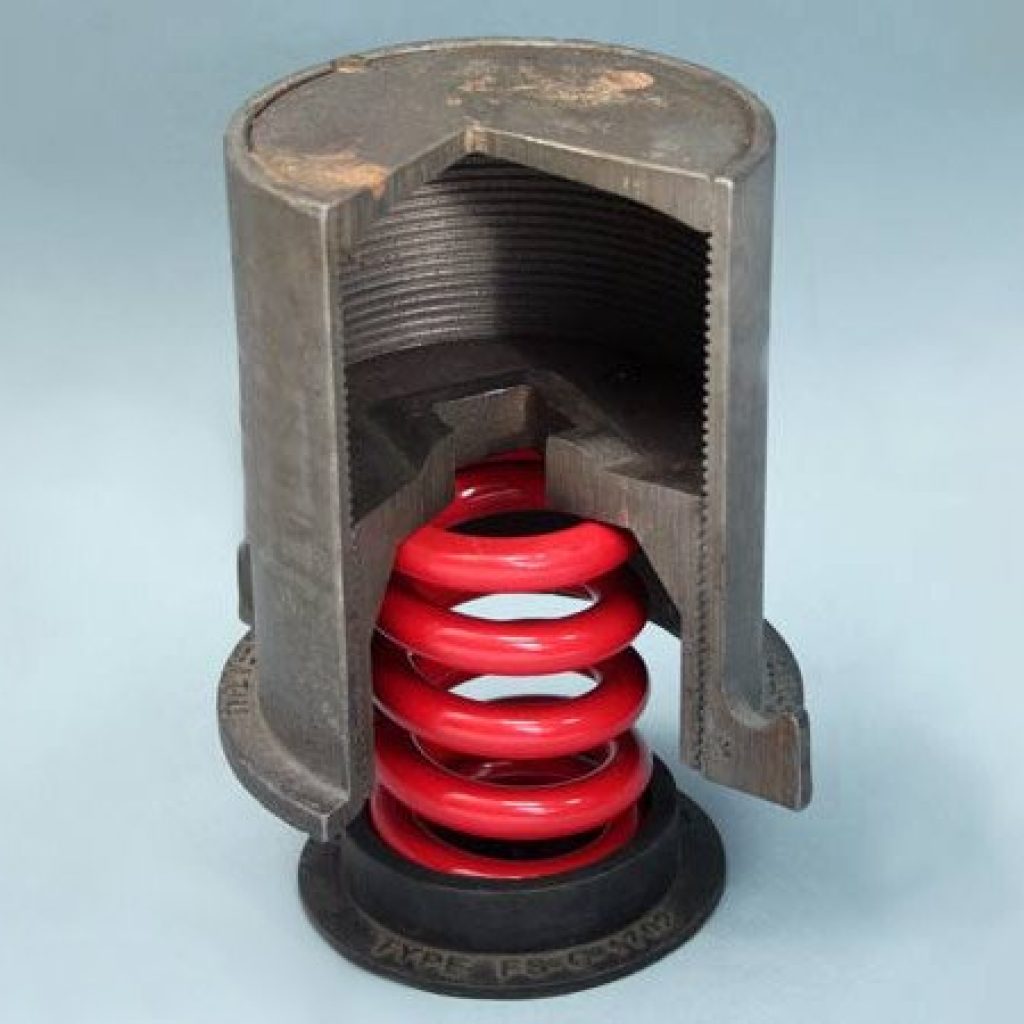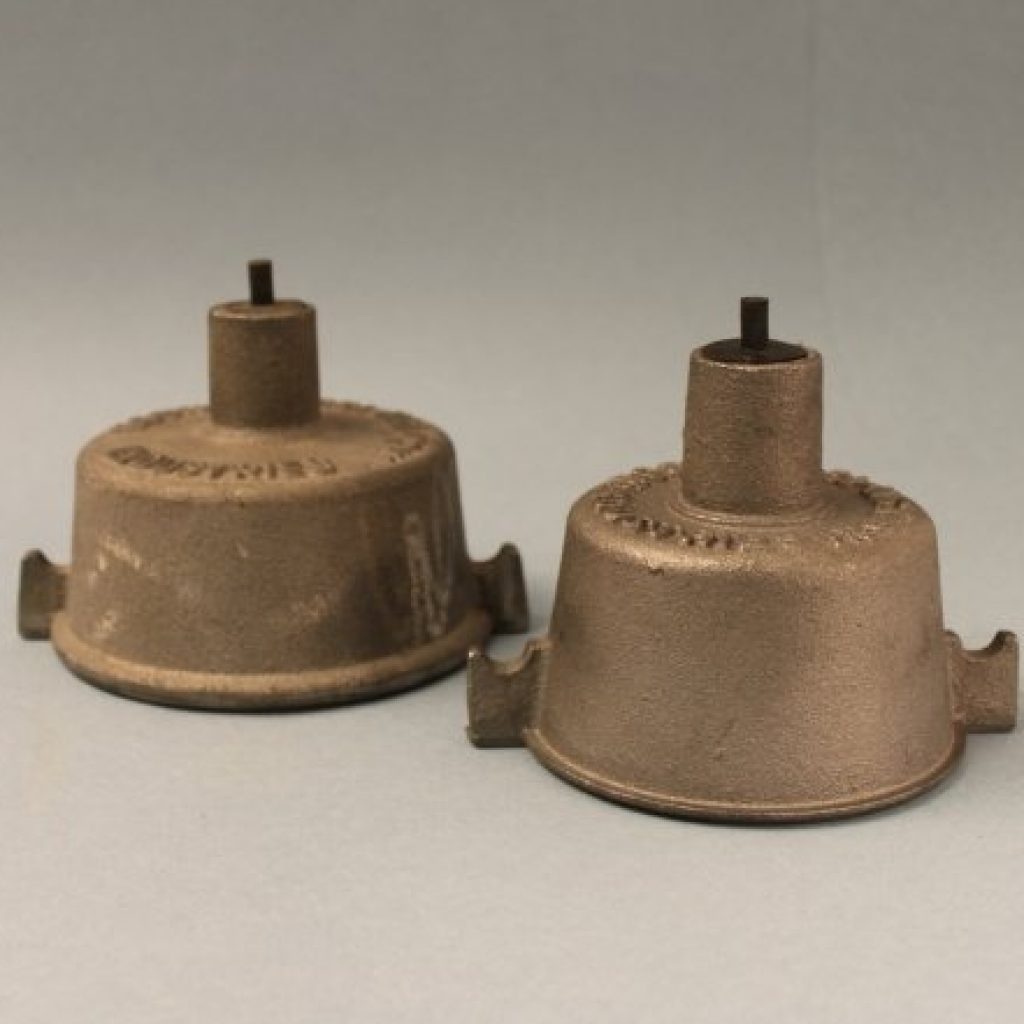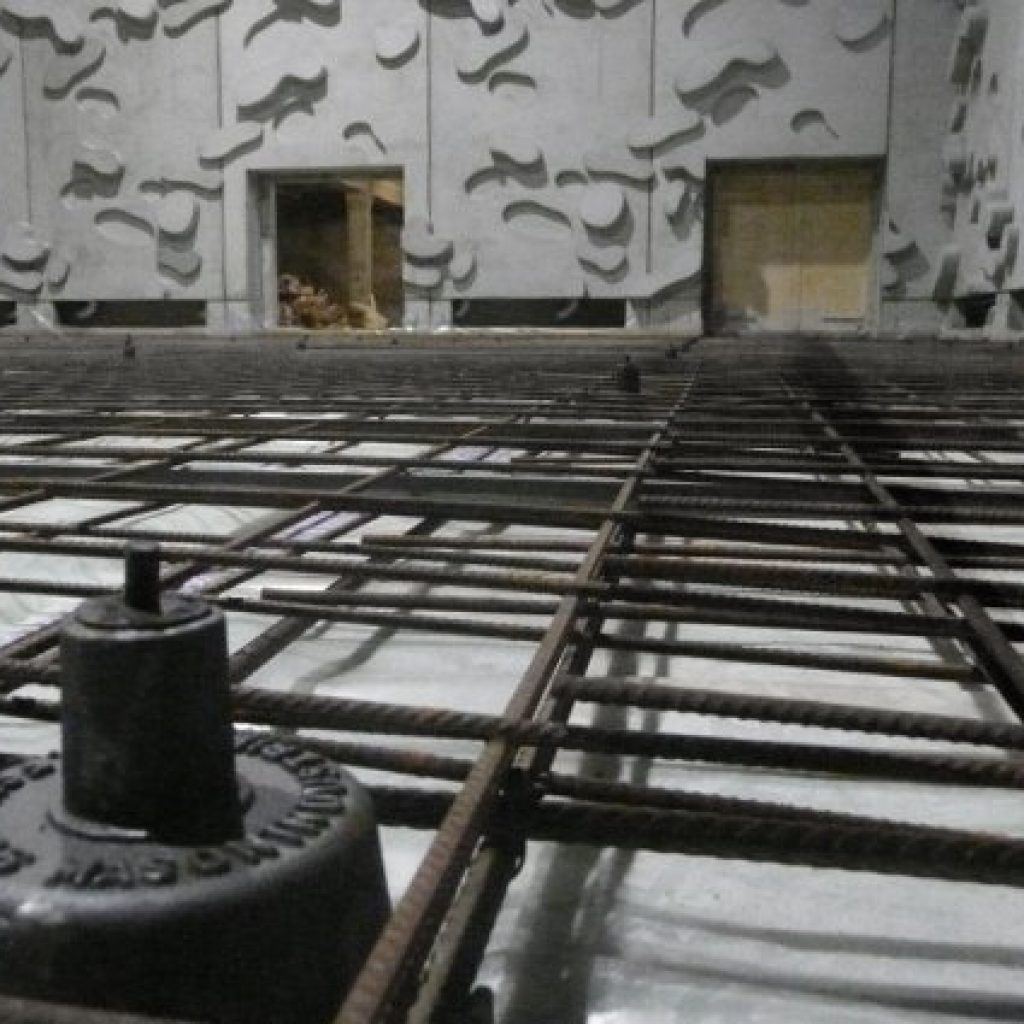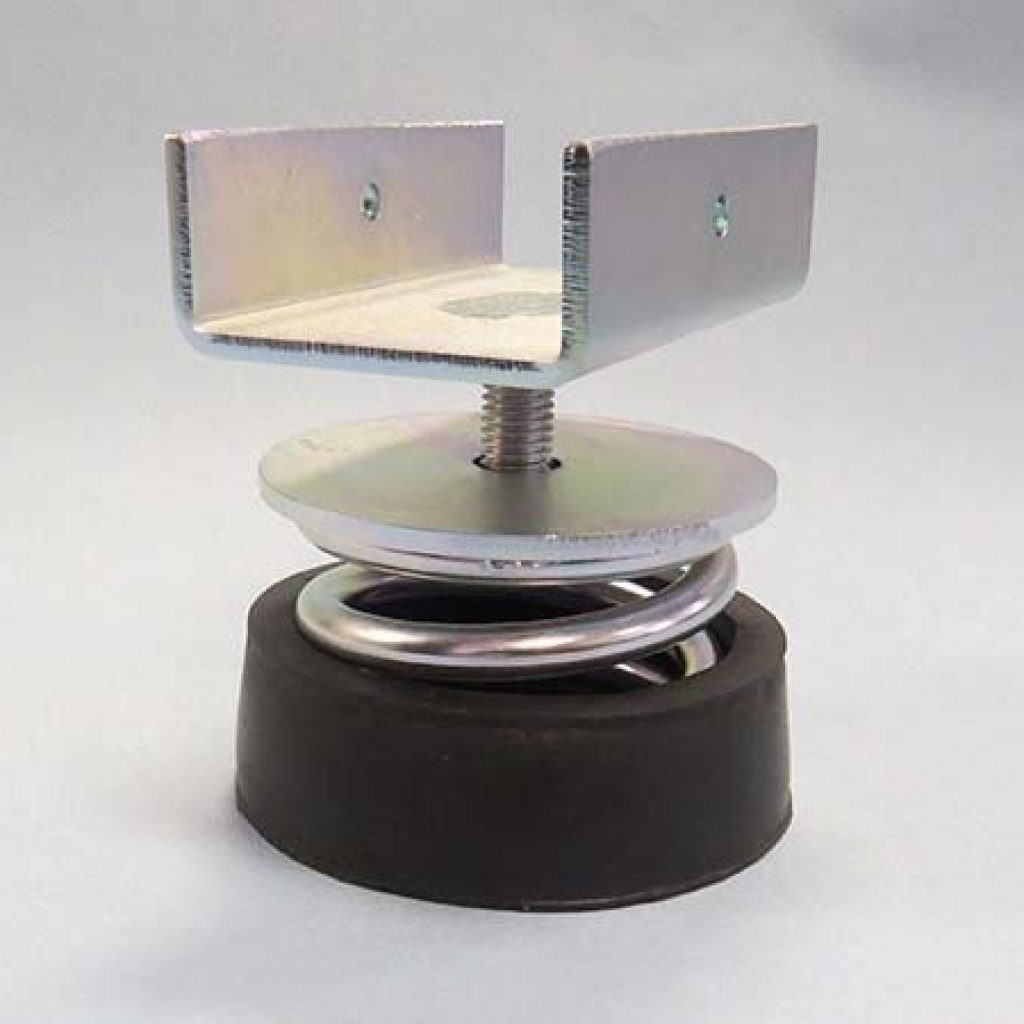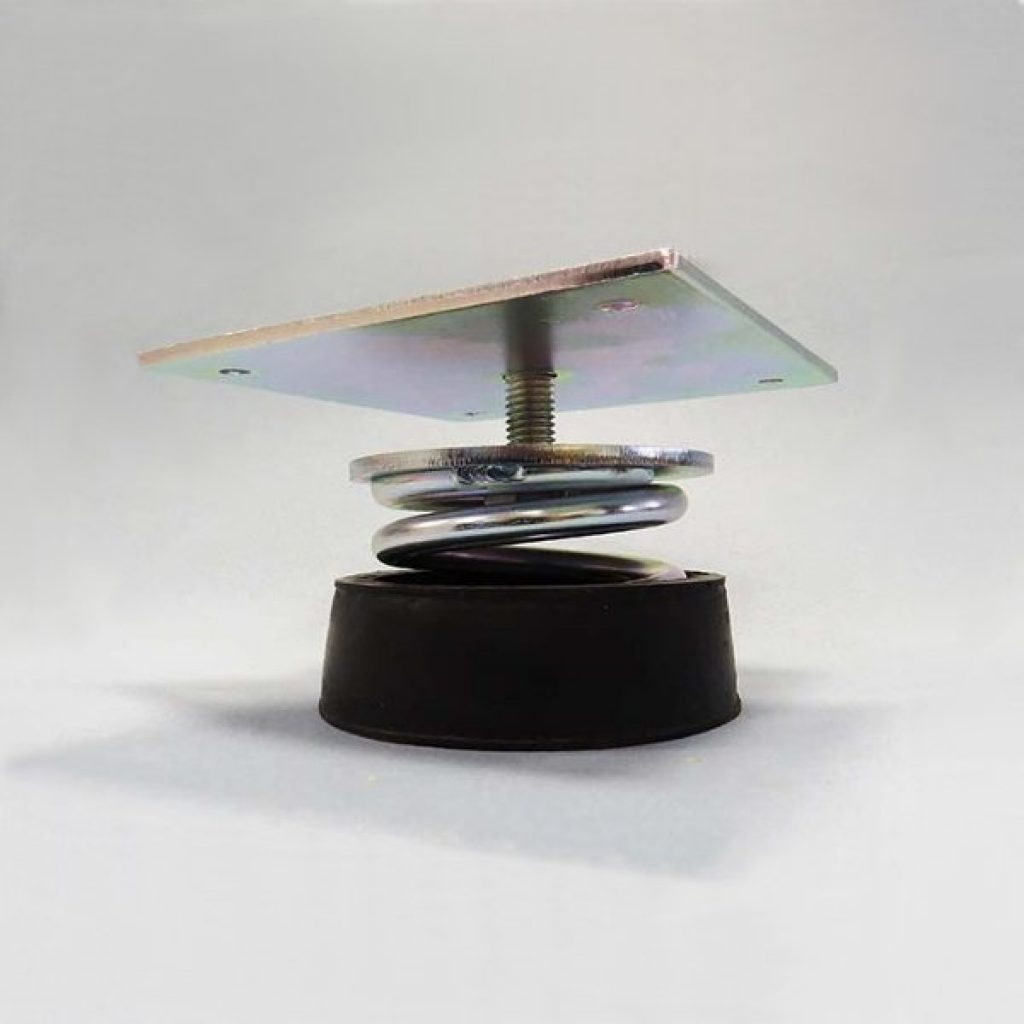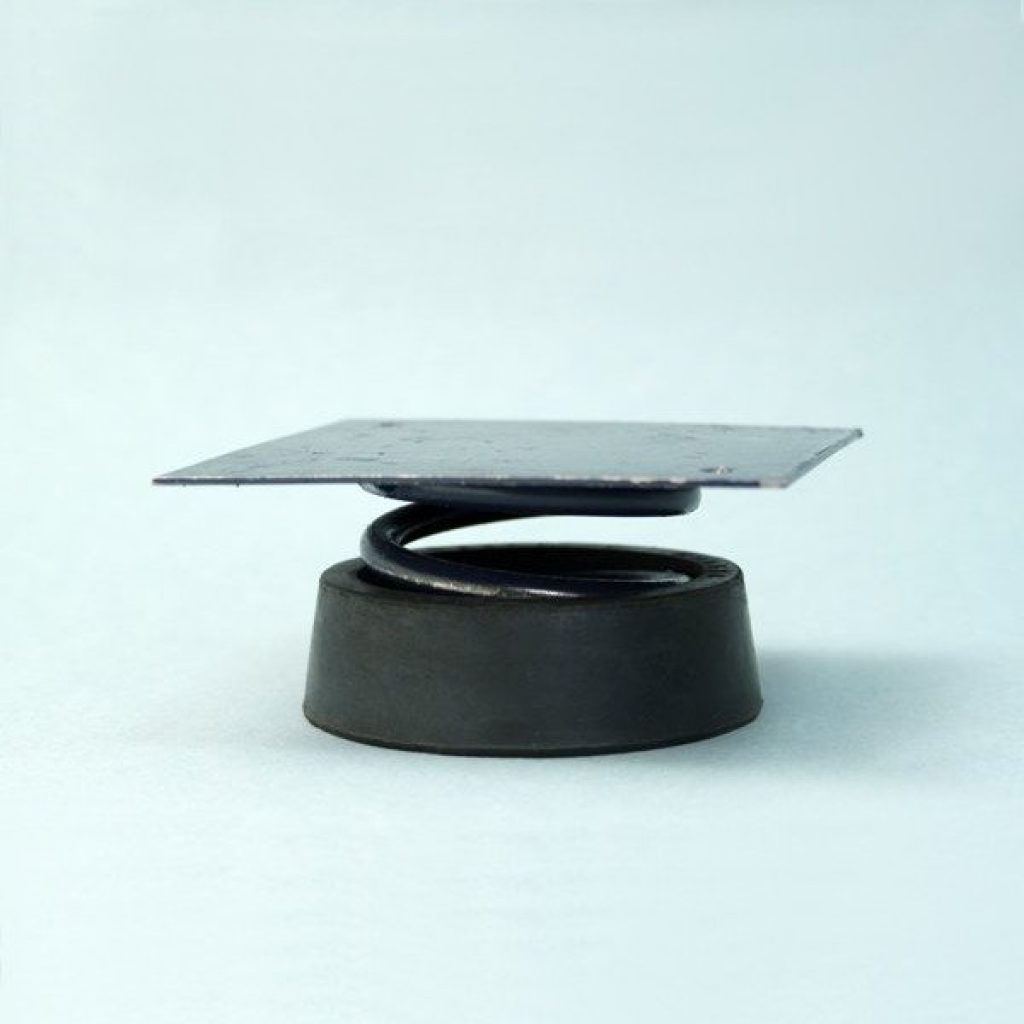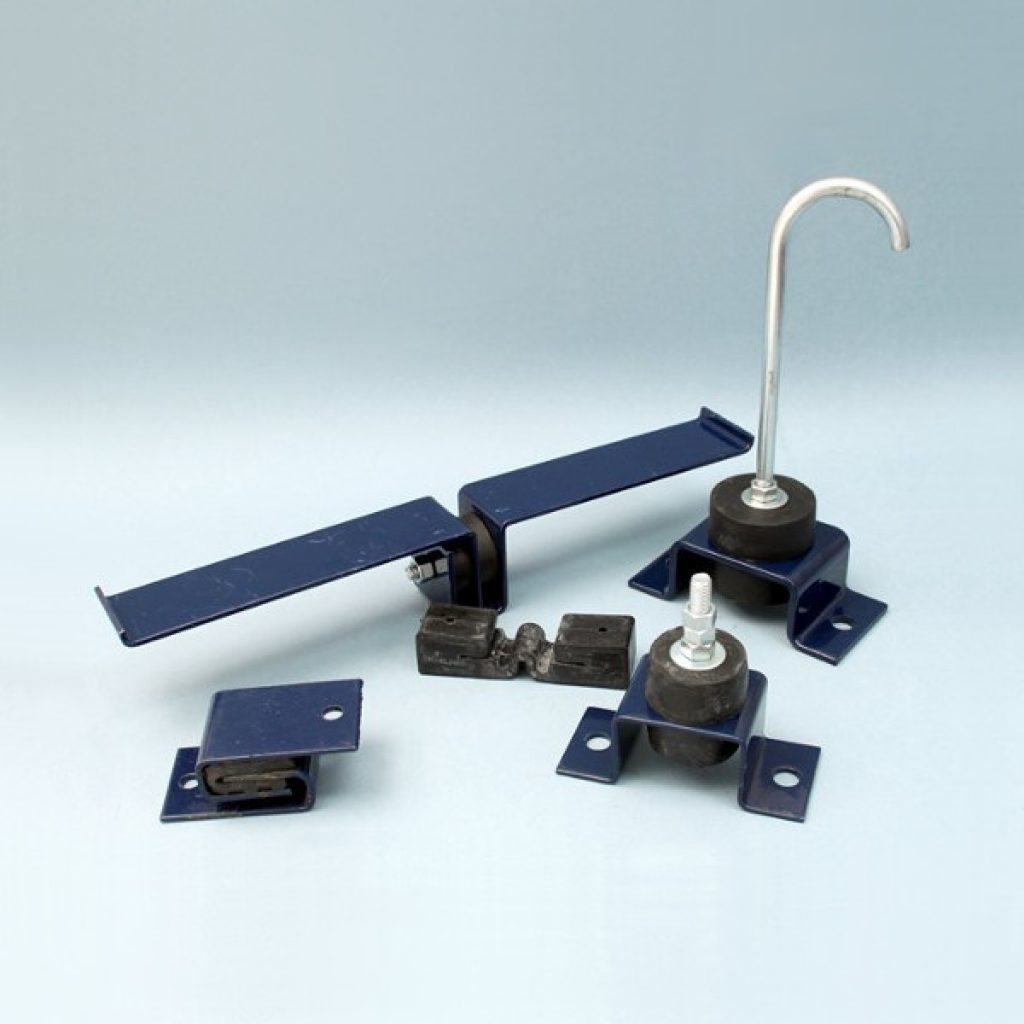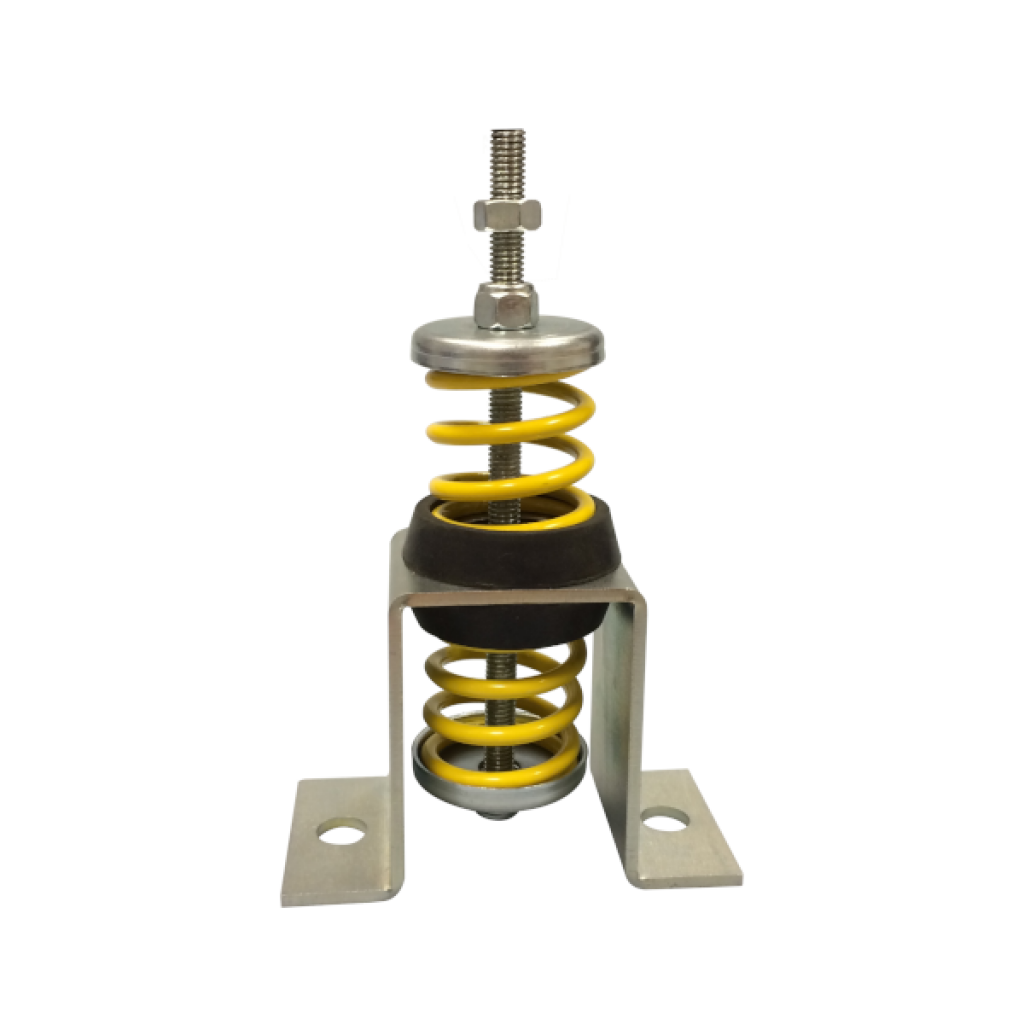Noise and vibration control for gyms and sports facilities
Gyms and sports facilities are places where people participate in noisy activities. Running, jumping, ball sports and weight lifting are all common activities carried out in gymnasia, leisure centres and sports clubs. The use of mechanical equipment such as machines in gymnasia is also common. Unfortunately, all of these activities typically generate noise and vibration and without the correct mitigation measures in place, noise disturbances can be hugely problematic.
This is especially important for rooms and their occupants in close proximity to the activities that cause noise and vibration, especially for gyms. Rooms that are above, below or adjacent to a gym or a venue that is hosting sporting or fitness activities need to be considered. You might have especially sensitive areas close to a gym, such as offices, auditoria, residential spaces or even libraries. Without the corrective acoustic measures in place, occupants of these spaces will not only be uncomfortable, in many instances these environments will become unfit for purpose. Getting the engineering right in these situations is not simply a matter of convenience, it is essential.
When providing acoustic solutions for these environments, the most significant issue is impact. Activities such as running on treadmills or dropping weights can cause significant energy to be transmitted into a building structure which causes it to vibrate. This vibration is carried around the building and often causes an unpleasant booming noise when re-radiated as sound.
Industry guidance for noise and vibration
The Association of Noise Consultants (ANC) has provided industry guidance to help practitioners, developers, operators and Local Authorities put the correct measures in place to mitigate noise issues in gyms specifically.
Part of the aim of this guidance is to standardise the approach and find a common way forward. The guidance was particularly focus on noise-sensitive adjacencies.
You can access the guidance here.
Flooring solutions
The most effective way of controlling impact noise is a floating floor. A floating floor is raised from the structural floor beneath using rubber or spring isolators, breaking the transmission path for vibration described above. A correctly designed floating floor will take into account the way the structure responds to vibration, so that the floor absorbs the impact energy rather than allowing into to pass into the structure. A floating floor might be specified for an entire level, or it might be more cost effective to isolating smaller areas or even individual pieces of equipment.
A floating floor supported by metal springs is by far the most effective solution and usually the optimal choice for gym applications where impact noises are common. Elastomers such as rubber and neoprene cannot react quickly enough to isolate against the low frequency, high energy pulses generated by impact from things like weight drops. In comparison, springs respond instantaneously and can be designed to avoid exciting the main structure. Our sprung floating floors can allow gyms to be situated in locations that were previously unviable due to the risk of noise.
Concrete floating floor systems are high mass and therefore very robust and effective for controlling noise. This is particularly effective for weigh drop areas. However, more lightweight systems can be suitable for lower impact activities or where pouring concrete is not desirable.
A properly designed and constructed floating floor is not a cheap off-the-shelf product, but must be designed bespoke based on a specification from an acoustic consultant. The incorrect choice of isolators can make the existing noise or vibration issue worse.
Mason UK has carried out extensive research into the performance of floating floors, both in house and with the support of Salford University. The video below demonstrates our portable testing floor. To help determine the best solution for an application we attend a site and carry out drop tests. By working with the project’s acoustic consultant and using our testing methods, we can provide confidence that the solution never lets the end-user down.
Mason UK have carried out extensive research on the performance of our floating floors, both in house and with the support of Salford University.
One of the most major factors which affect the design of a floating floor is the response of the existing structure. We can tune our floating floors to suit, this must be done otherwise the risk is the floating floor will be ineffective or could make the problem worse.
Please see the video below showing our portable test floor. To help understand what will be the best solution we are happy to attend the site and carry out drop tests. We would seek to work with the project acoustic consultant to provide confidence that we have the correct solution.
Isolated Walls
If undesirable noise results from music and shouting rather than vibration from impact, then creating a full box-in-box solution can provide excellent isolation. In a box-in-box solution, isolated walls are constructed, creating a room within a room. This is partnered with isolated ceilings using acoustic hangers (more on this below).
To isolate walls, we recommend using our SWW or NPS wall isolators at the bases, the AB-716 head restraint at the top and the DNSB acoustic sway braces to provide lateral support and ensure no rigid connection between the isolated wall and the main building structure.
In addition, we can construct slam walls, using our DSSB spring wall ties to allow medicine balls to be thrown directly against the wall.
Suspended Ceilings
Suspended ceilings provide the final components of the box in box solution and Mason UK offer a comprehensive range. Spring hangers can attenuate footfall and impact. Lower cost rubber hangers are very effective against airborne noise when combined with a mass barrier ceiling. The use of these products also creates an air gap which increases the acoustic performance.
Experienced partner
Mason UK has extensive experience of designing and installing floating floors and full box-in-box solutions for gyms and other sports facilities. We have worked with leading brands like Pure Gym and some of London’s most prestigious private gyms to help provide vibration isolation in buildings that were not originally designed to accommodate gyms and similar activities. You can read more about some of this work on the projects section of the website.


